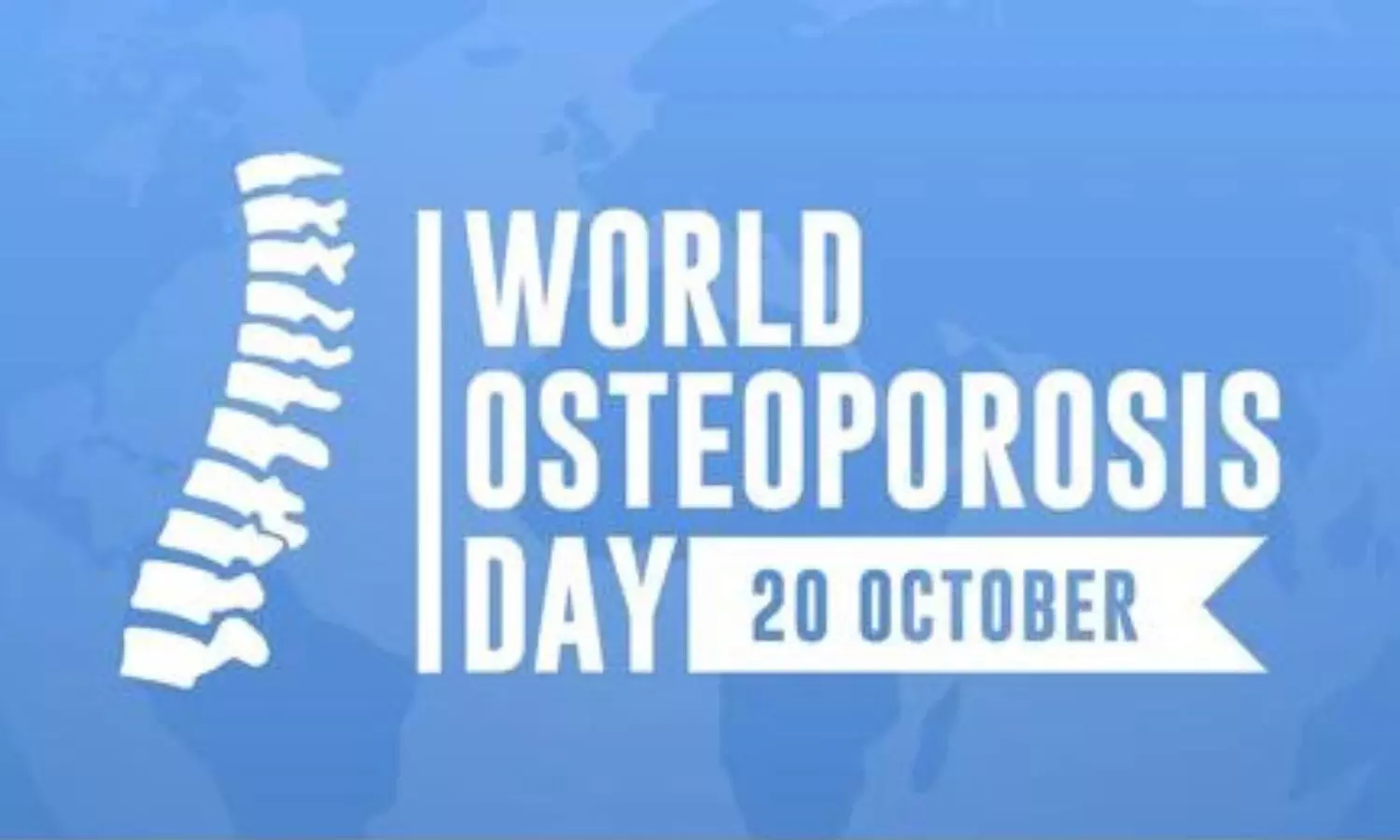World Osteoporosis Day: Here's everything you need to know about this bone disease
On the occasion of World Osteoporosis Day, celebrated on 20 October, NewsMeter speaks to experts to know a little more about the condition and what steps can be taken to reduce the risk.
By Sumavarsha kandula
Hyderabad: On the occasion of World Osteoporosis Day, celebrated on 20 October, NewsMeter speaks to experts to know a little more about the condition and what steps can be taken to reduce the risk.
We speak to Dr. Potuluri Venkata Siddhartha, consultant orthopedic surgeon at Apollo Hospitals; Dr. Manoj Kumar, an orthopedician at Care Hospitals; and Dr. Sunitha Kayidhi, consultant rheumatologist and clinical immunologist at Yashoda Hospitals. They weigh in on the reasons, risk factors, symptoms, and ways to take care of osteoporosis.
What is Osteoporosis?
Osteoporosis is a condition in which the bones become weak, brittle, and more prone to fracture than normal bones. The skeleton of a healthy adult undergoes periodic remodeling, with old bones being replaced by new bones, and the number of bones lost and generated is relatively comparable. The number of bones lost during remodeling outnumbers the number formed as people age, resulting in a net loss of bone mass, increased porosity, and increased risk of fractures.
Experts speak
When asked if any age group is more at risk of this condition, Dr. Manoj replies, "There are four types of osteoporosis, so it depends on that."
He explains, "Primary osteoporosis is the most common; age, nutrition, and exercise level all contribute to its severity. Gender is frequently a factor, as primary osteoporosis affects more women than males. Secondary osteoporosis is similar to primary osteoporosis in that it develops in reaction to a specific disease, usually one that affects hormone levels within the body, such as disorders that interfere with thyroid health. Osteogenesis imperfecta is a hereditary disorder that affects approximately 6-7 persons out of every 1,00,000. And then we have Idiopathic juvenile osteoporosis. In this, there is no known origin; it typically appears just before puberty. Essentially, it is brittle and porous bones with no additional symptoms. If this illness is discovered, youngsters must check their activities or follow their physician's advice for overall health."
Speaking about the tests to be taken and symptoms to look out for, Dr. Potuluri Venkata Siddhartha says, "The gold standard test for diagnosing osteoporosis is a DEXA scan, although vitamin D levels are also frequently tested. The signs to look out for are back pain or curvature of the spine, height loss, or a fragility fracture, although these signs could present at a very late stage."
Dr. Sunitha adds, "All women 65 and older, men 70 and older, postmenopausal women with at least one osteoporosis risk factor or history of fracture, and adults with certain diseases which can cause low bone mass should be screened for osteoporosis. Repeat DEXA scans may be advised after two years, depending on the baseline scores and risk factors. Specific fracture evaluation tools are also used to assess fracture risk."
Dr. Potuluri Venkata Siddhartha, when asked how much impact genes have and what can be done to reduce the risk, says, "Osteoporosis is polygenic, meaning several genes affect an individual's bone metabolism. As these genes predispose a person to develop osteoporosis over time, it's essential to maintain a healthy lifestyle to delay or avoid it."
Dr. Manoj says, "It (osteoporosis) has become more common now because food choices, especially soda or carbonated drinks, are the primary reason for bad bone health. Additionally, there isn't much exposure to sunlight, making the risk factors worse."
Dr. Sunitha speaks about caring for osteoporosis after diagnosis, especially in the elderly. "Impaired vision, muscle weakness, lack of balance, the use of certain medications, and poor memory or attention all increase the risk of falling in the elderly, which can be compounded by uneven surfaces or slippery flooring. Therefore, caution should be exercised to avoid falling. Along with medication, a healthy balanced diet rich in calcium and vitamin D, as well as frequent physical activity that includes resistance and weight-bearing exercises, are essential," she says.